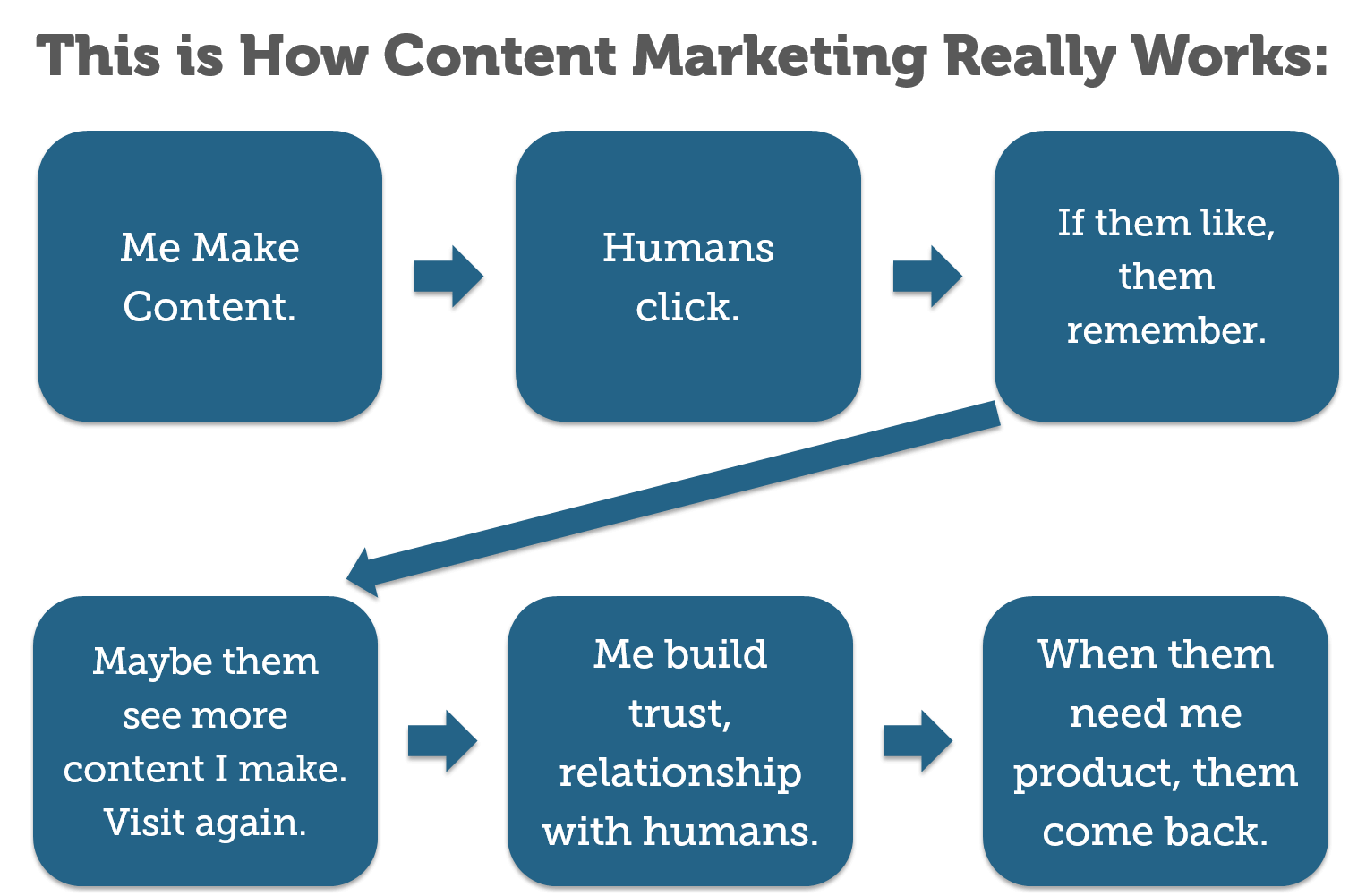Content marketing works by delivering the right content at each stage of the customer journey. Here’s how it can be implemented effectively:
Awareness Stage
At the awareness stage, your content should focus on addressing the top concerns and pain points of your audience. This content should be educational and provide helpful advice and tips. By providing valuable content, you can attract and engage potential customers who are looking for solutions.
Examples of content for the awareness stage include blog posts, articles, videos, and newsletters. For instance, a restaurant could write a blog post on how to plan a menu for a graduation party, while a bike touring company could create a video on “3 Ways to Choose the Right Bike Trip.”
Consideration Stage
In the consideration stage, your content should offer a mix of helpful information and marketing. It should educate the reader about the features and benefits of your products or services and how they address their specific needs. The content should lean towards what your business offers, but still provide valuable insights.
Examples of content for the consideration stage include case studies, how-to articles, videos, and checklists. For example, a cloud-based phone system company could create a checklist titled “8 Ways to Improve Your Phone Customer Service” that highlights the features and functions that enable great customer service.
Closing Stage
At the closing stage, your content should focus on sales while highlighting your expertise and the unique benefits of your products or services. The content should convince potential customers that you are the best choice for them and demonstrate the value you can provide.
Examples of content for the closing stage include case studies, user-generated content, buyer’s guides, product videos, and research reports. For instance, a consulting firm could create a research report proving that businesses that engage in strategic planning and assessments experience higher growth.
By delivering the right content at each stage of the customer journey, you can engage and sell to potential customers effectively.

